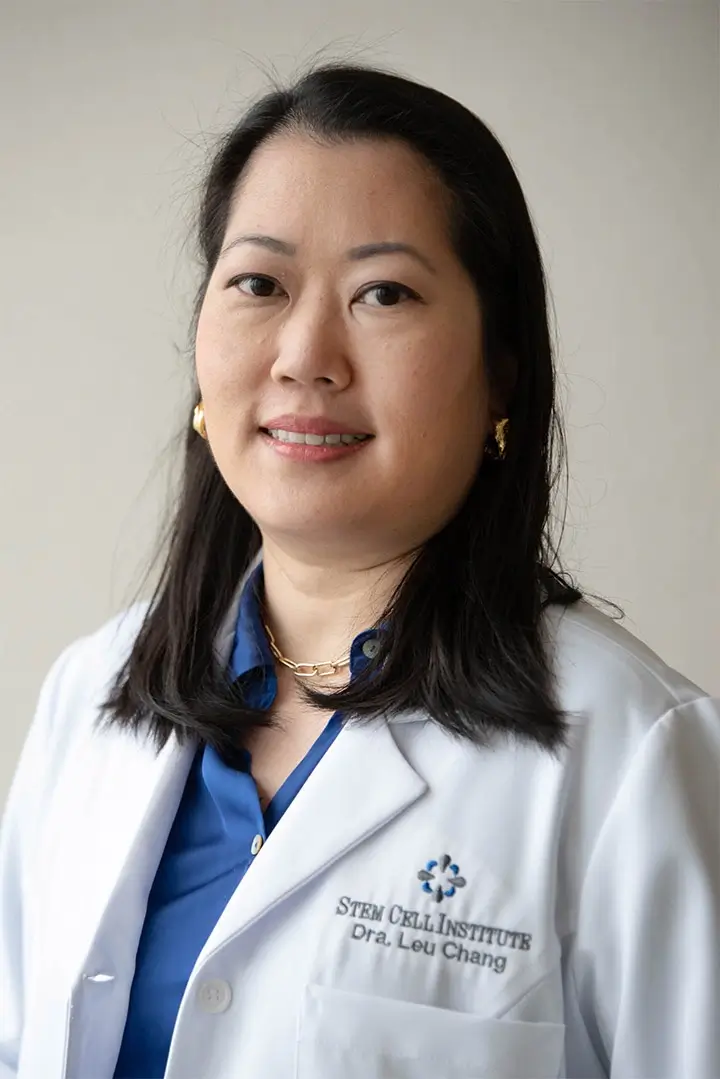The Human Stem Cell Institute of Russia has announced that it is seeking 150 million rubles (4.75 million USD) from investors. The annnouncement heralds the first IPO by any company in Russia in more than a year.
The announcement also constitutes an encouraging sign that Russia’s economy is recovering from recession.
Headquartered in Moscow, the Human Stem Cell Institute was founded in 2003 and has been valued at 500 million rubles. The Institute houses a repository of adult stem cells derived from human umbilical cord blood, from which researchers at the Institute are also in the process of developing therapeutic applications. Currently the Institute comprises the largest stem cell bank in Russia. According to Artur Isayev, the Institute’s CEO and primary share holder, "The IPO would be the first by a Russian biotechnology company and the first by any Russian company this year". According to Maxim Dryomin, corporate finance director at the Alor Group, which is organizing the IPO, "We are counting on fairly major investors. Now there is a big number of well-to-do people who are looking for direction for their investments."
Russia has not been immune to the global economic crisis that has afflicted most of the world’s countries over the past year, but signs of a recovery in the former capital of the Soviet Union are now evident. The Russian economy is heavily based upon natural resources, which played a major role in throwing the country into recession in the second half of 2008 when prices of natural resources suddenly collapsed. The Russian government is now exploring new strategies for diversifying the national economy away from natural resources, and the biotech industry holds particular appeal.
Although the Human Stem Cell Institute is widely regarded with respect among the scientific community, in the past there have been some questions concerning the legitimacy of various types of stem cell "therapies" that are available in Russia. A March 14, 2005 article by the Associated Press, for example, reported that "dozens of Russian clinics and beauty salons claim they are already using both adult and embryonic stem cells to treat everything from wrinkles to Parkinson’s disease to impotence. Scientists warn that while stem cells are still being researched in laboratories, treatment by clinics claiming to use stem cells may cost patients their health and fortunes. Moreover, they say, even though it’s illegal, enforcement is lax and no one knows if the injections patients are getting contain stem cells." As the 2005 article continues, "When Svetlana Galiyeva found a clinic offering to treat her multiple sclerosis with embryonic stem cells, she grabbed the opportunity. Twenty-thousand dollars later she is still in a wheelchair and desperate. And there is no proof her injections had anything to do with stem cells." According to Vladimir Smirnov, director of the Institute of Experimental Cardiology as well as of an adult stem cell bank in Russia, who was interviewed in the 2005 A.P. article, "No one has been given any licenses for injecting the stem cells. These are only experiments. This is all being done at their own risk. This is all illegal." Although there are several state-run research institutes in Russia which have been attempting for the past few years to offer treatment with adult stem cells derived from bone marrow and fat, the authenticity of treatments offered by independent clinics in Russia cannot be verified. According to Andrei Yuriyev, deputy head of the Federal Health Care Inspection Service in Russia, Russian law permits only the extraction and storage of stem cells, not their use in treatment. Consequently, as of the 2005 A.P. article, Yuriyev was already investigatiing nearly 20 clinics throughout Russia claiming to offer various types of illegal stem cell therapies. As Dr. Alexander Teplyashin, who has been offering therapies in Russia with adult stem cells derived from bone marrow and fat, told the A.P. in 2005, "We are taking advantage of the loopholes in the law. What is not forbidden, is allowed."
On the global stage, at least in the field of cord blood banking, Russia’s Human Stem Cell Institute will be competing against the Cryo-Save Group of Europe and Cryo-Cell International, although neither of these companies are aggressively developing therapies, as the Human Stem Cell Institute is doing.
Although some of Russia’s larger companies are also beginning to attract investors from both domestic and international markets, there are other businesses which are still lagging behind expectations, however. The Russian fertilizer company, Acron, for example, has postponed a London float, opting instead for a placement of Global Depository Receipts. Similarly, the state-run rail monopoly, Russian Railways, has announced a delay of its IPO until 2011. Following the same trend, Metalloinvest, the iron ore and steel firm, has scrapped IPO plans altogether, as has the company Strikeforce Mining and Resources, owned by the Russian billionaire Oleg Deripaska.
With facilities currently located only in Moscow, the Human Stem Cell Institute plans to expand into Belarus and Kazakhstan. Funding from the IPO has been designated for the Institute’s R"D of adult-stem-cell-based therapies in the treatment of a wide variety of ailments, including cancer.
As CEO Artur Isayev explains, he expects the Institute’s sales and profits to increase by 30 to 40% per year, over the next few years.

